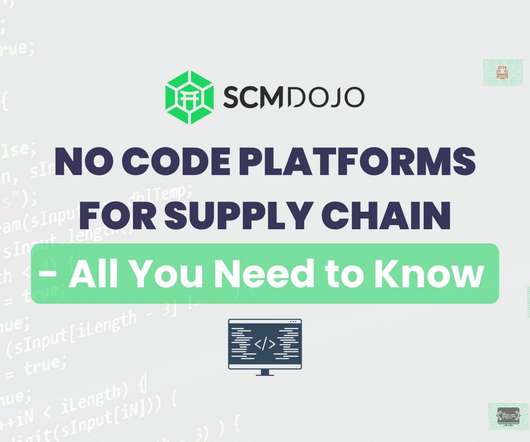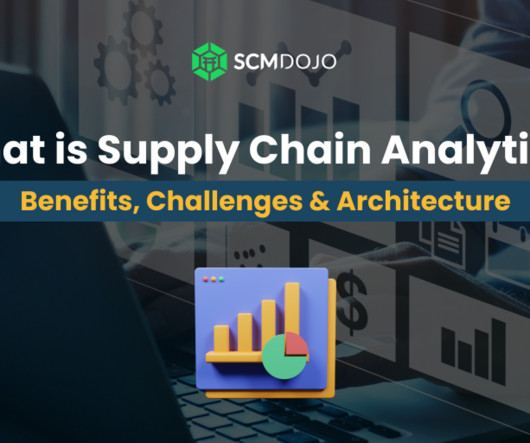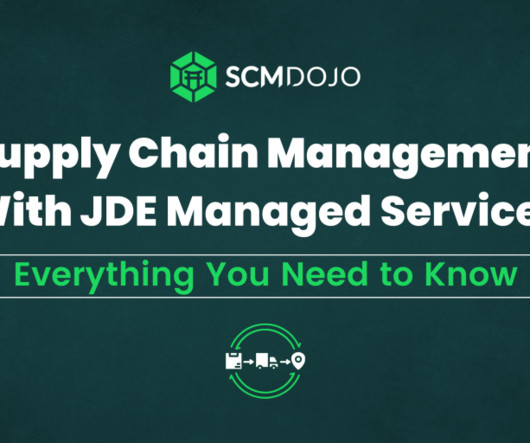No-Code Platforms for Supply Chain – All You Need to Know
SCMDOJO
MAY 6, 2022
Modern enterprises rely on supply chain software to track several activities, including manufacturing and distribution of goods. Many supply chain systems are closed-source, all-in-one, proprietary, expensive, and difficult to customize ( read Why ERP Sucks ). What are No-code Platforms?












Let's personalize your content